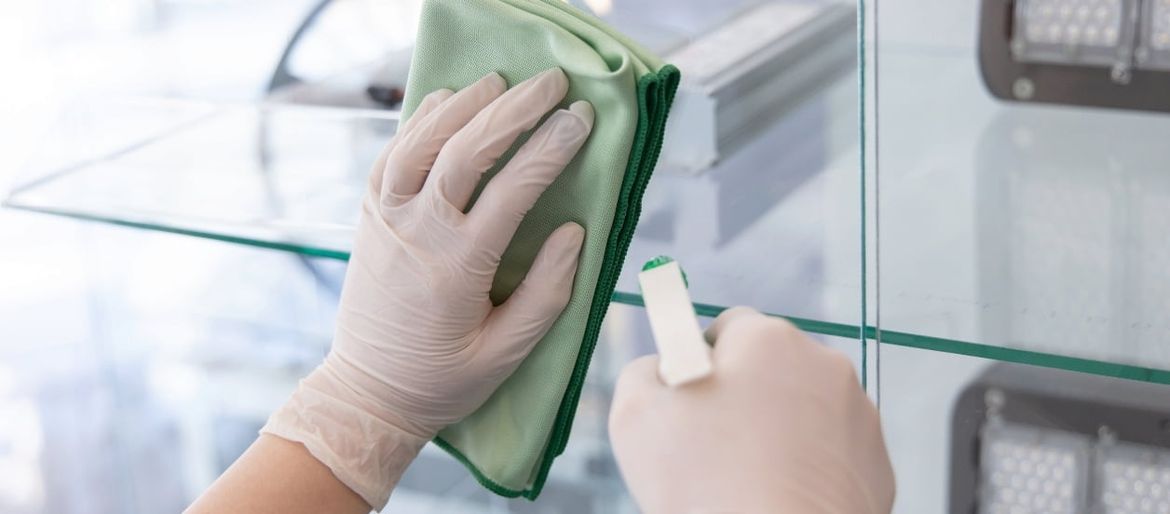Bacteria in Households | The Facts
Many people have a misconception when it comes to where bacteria accumulate in households. Let's shed some light on this issue.
Bacteria is everywhere, but most of them are harmless. Some types of bacteria are essential whereas others may cause sickness.
Certain areas of households are more prone to bacterial growth than others. Therefore we should focus on these areas and clean them regularly. Most bacteria is not, as we may think, on the toilet but more so in the kitchen. Let's have a closer look:
Cleaning sponge
The cleaning sponge is the largest breeding ground for bacteria because we often use one sponge for an extended period of time without replacing it. Also, cleaning sponges provide the perfect conditions for bacterial growth: moisture and warmth can cause millions of bacteria to form within a matter of hours. More problems arise when the cleaning sponge is used to wipe away food residues as tiny food deposits remain on the sponge which can lead to fermentation.
Bacteria that cause various illness can often be found on cleaning sponges. We have listed ways to protect ourselves against bacteria found in sponges:
- Disposal
Replace your cleaning sponge on a regular basis. An easy guideline to follow is disposing of the sponge once it becomes dirty or when used to wipe away food deposits. - Cleaning the sponge
Place your cleaning sponge in the washing machine and wash at 60°C with a heavy-duty detergent. If cleaned on a regular basis, cleaning sponges can be used until they literally fall apart.
Cutting Boards and Towels
Towels are also a breeding ground for bacteria and should be replaced and cleaned on a regular basis.
Cutting boards should also not be ignored. A helpful tip is to have separate cutting boards for raw fruit and vegetables, as well as fish and meats.
Plastic cutting boards are not necessarily more hygienic than their wooden counterparts. Cuts on plastic cutting boards close again which means that bacteria can get caught in these cuts and increase in numbers. Water and detergents cannot get through to clean away the bacteria. Cuts on wooden boards remain open, meaning that bacteria can be washed away with water and soap.
Refrigerators
Often the temperature setting of a refrigerator is too high, and together with condensed water, offers the perfect grounds for bacteria to accumulate. Furthermore, refrigerators are not cleaned on a regular basis, and if they are, it is done incorrectly. To play it safe, food stored in the fridge should be tightly sealed, spoilt food should be discarded and the fridge should be cleaned on a regular basis.
Note: Oftentimes taps and handles on kettles are laced with bacteria, as these are not cleaned on a regular basis.
Shower
Shower heads also provide optimum conditions for germination to occur. This can be counteracted by warded off with regular and conscientious cleaning. Bacteria also like to make themselves comfortable on silicon seams. Don't be fooled by their clean appearance. Bacteria can be eliminated by cleaning the shower head with vinegar and warm water on a regular basis.
Latest reviews
-
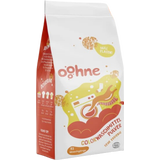 3.0 (1)
3.0 (1)ooohne Colour Laundry Detergent , 2,50 kgs
-10%- For coloured fabrics
- 30°C - 60°C
- Vegan & plastic-free
£25.08 £28.00 (£10.03 / kg)Delivery by April 25
-
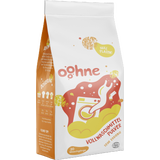 3.5 (2)
3.5 (2)ooohne Heavy Duty Laundry Detergent, 700 g
-10%- For white & colourfast fabrics
- 30°C - 90°C
- Very economical formula
£6.67 £7.40 (£9.53 / kg)Delivery by April 25
-
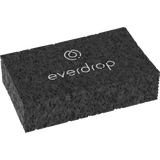 £7.51 £8.35
£7.51 £8.35Delivery by April 25
-
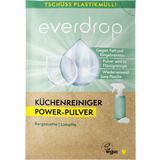 5.0 (2)
5.0 (2)everdrop Kitchen Cleaner - Power Powder Sachet, 25 g
-11%- Suitable for the refrigerator
- Removes stubborn stains
- With a subtle scent
£1.65 £1.85 (£66.00 / kg)Delivery by April 25
Magazine Articles:
-
Great Britain: Free standard delivery from £59.90
-
Free
returns -
1 free sample with every order
Secure payments
with SSL encryption technology


